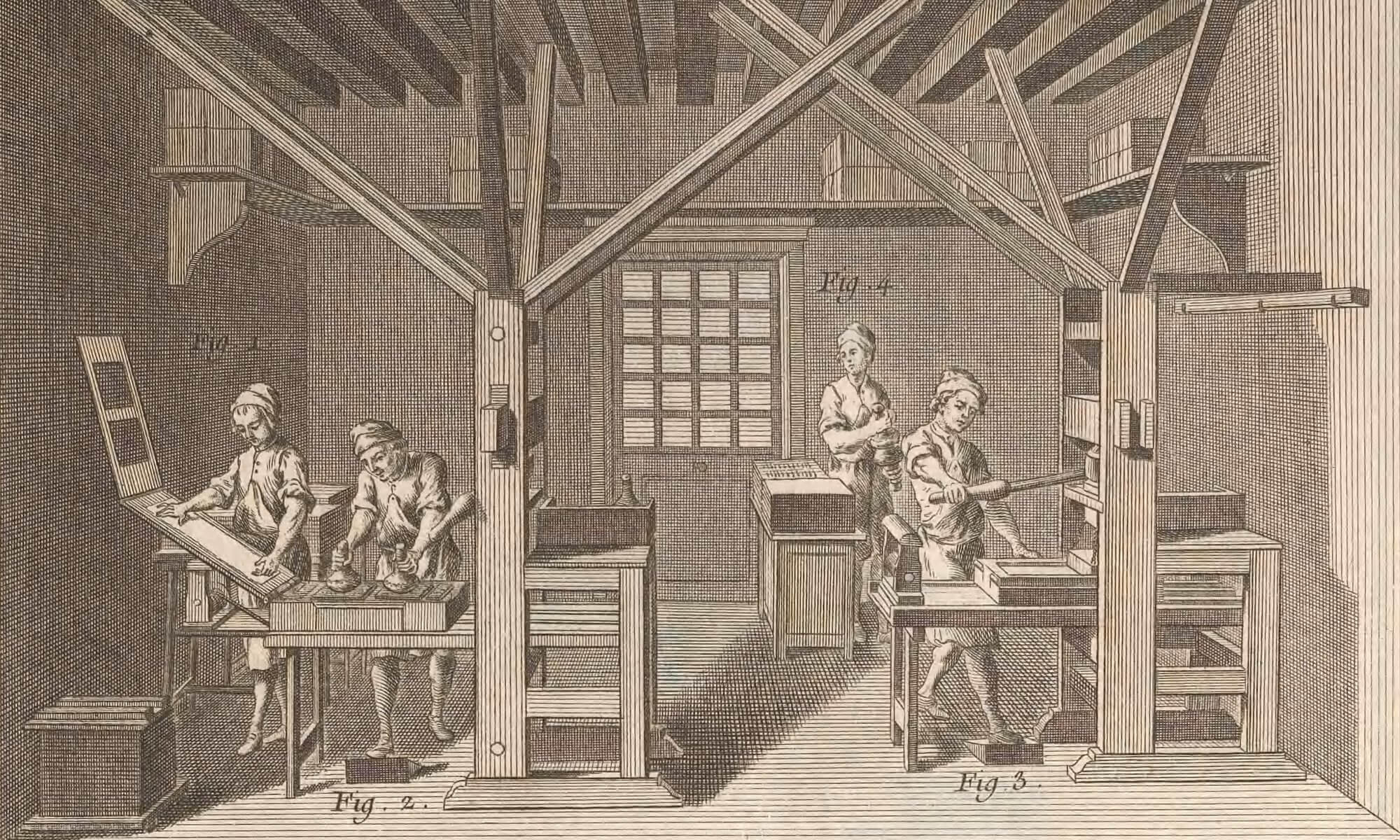Goal: The primary purposes of this exercise are 1) to get you familiar with the library’s catalog and holdings, and 2) to help you start thinking about book-history questions that you can explore by looking at early modern books.
Note: Since most students are not used to searching for books in library catalogs, and since rare materials are often cataloged differently than modern materials, using catalogs effectively needs to be taught. This exercise works best when preceded with a lesson about searching catalogs and when followed by having them look in-person at some of the works they’ve included on their wishlist. The latter step is especially useful in helping them understand how catalog records translate into actual materials. What types of things you can search for will of course be shaped by how detailed the library catalog you’re working with is. And although this exercise is based on searching an online catalog, it can easily be adapted to searching card catalogs—an important resource that students are even less familiar with.
Browsing
The first step is to browse the library’s online catalog. Try different types of basic searches, including looking for specific authors or titles. You can also follow links within a specific record under the “associated name” category; those names typically include the author, printer, and previous owners.
You should also try more complex or esoteric searches, from either the basic search screen or from the advanced search screen. In some catalogs you can search for physical attributes of books, such as annotations, manuscript waste, or duodecimo format. You should also be able to search for books published at a specific date (all books in 1487) or books published in a specific location (Antwerp, perhaps). You can combine searches as well, so you could look for all works published in Paris in the 1580s.
If you are working with a catalog that includes copy-specific notes on the items held, it’s worth figuring out if you can search within those notes so that you could, for example, look for all copies of books that are stab-stitched. Regardless of how you did your search, when you get to an item in your results, be sure to read those copy notes carefully; that is where you will find the most information about that particular copy and, often times, intriguing leads.
As you are doing this catalog browsing, keep track of those items that strike your fancy. Please note that each item also has a field for the permanent url of that record; that is the url to save and to cite once you come to writing papers on these books.
Assignment parameters
Identify five items in the library’s rare books holdings that you find interesting. Please focus on printed works from the dates 1450 through 1700, and make sure you are identifying originals and not facsimile copies. Email me a document that contains a list of these five items, with each item providing:
- the title, author, and publication information for that work;
- the permanent url for that catalog entry; and
- one to two sentences explaining why you found this item interesting or how you found it.
References
- If you are coming across book terms that you do not understand (such as “waste” or “duodecimo”), you can look them up in John Carter’s ABC for Book Collectors (online as a pdf at https://ilab.org/articles/john-carter-abc-book-collectors).
- To identify Latin place names, so you know that a book with an imprint of Leodii has been printed in what we would call Liège: http://rbms.info/lpn/.
- Latin terms commonly used in printing imprints: https://rbms.info/lpn/glossary-of-common-latin-terms-found-in-imprints-of-early-printed-books/.
- Many more helpful resources are at the Rare Books and Manuscript Section’s Bibliographic Standards Committee’s Directory of Web Resources at http://lib.nmsu.edu/rarecat/.
